1/35 U.S. Tank Destroyer M18 Hellcat
42,50€
In stock

*Please check our Privacy Policies to see how to we use your personal data.
*Por favor revisa nuestra Política de Privacidad para ver como tratamos tus datos personales
This 1/35 scale model assembly kit depicts the M18 Hellcat. The M18 Hellcat was an American tank destroyer used during World War II, and also deployed in the Korean war. The tank featured a compact torsion bar suspension equipped with the 76.2mm tank gun. About 2,500 units were produced and the M18 proved a fearsome opponent for the German Army until the end of the war from the start of its service at the Italian Front in early 1944.
• 1/35 scale plastic model assembly kit. Length: 192mm, width: 80mm.
• Details include the inspection hatch on the left front of the side hull and front-curved armor plate based on extensive research of actual vehicle.
• Features a realistic depiction of turret interior such as the main gun breech attached slantingly, shell rack, transceiver, and turning gears.
• The gun shield canvas cover surface texture is faithfully depicted.
• The complex suspension is captured with ergonomic parts breakdown.
• Clear parts are used to recreate the headlight lens.
• Assembly type single pin tracks have one-piece straight sections.
• One figure is included to depict a standing tank soldier.
• Comes with two marking options to recreate Italian Front vehicles.
Este kit de montaje a escala 1/35 representa el M18 Hellcat. El M18 Hellcat fue un carro de combate estadounidense utilizado durante la Segunda Guerra Mundial, y también desplegado en la guerra de Corea. El tanque contaba con una suspensión de barra de torsión compacta equipada con el cañón de tanque de 76,2 mm. Se produjeron unas 2.500 unidades y el M18 demostró ser un temible oponente para el ejército alemán hasta el final de la guerra, desde el inicio de su servicio en el frente italiano a principios de 1944.
• Kit de montaje de modelos de plástico a escala 1/35. Longitud: 192mm, anchura: 80mm.
• Los detalles incluyen la escotilla de inspección en la parte delantera izquierda del casco lateral y la placa de blindaje curvada frontal basada en una amplia investigación del vehículo real.
• Presenta una representación realista del interior de la torreta, como la recámara del cañón principal fijada de forma oblicua, el estante de proyectiles, el transceptor y los engranajes de giro.
• La textura de la superficie de la cubierta de lona del cañón está fielmente representada.
• La compleja suspensión se capta con un desglose ergonómico de las piezas.
• Las piezas transparentes se utilizan para recrear la lente del faro.
• Las orugas de una sola clavija del tipo de montaje tienen secciones rectas de una sola pieza.
• Se incluye una figura para representar a un soldado de tanque de pie.
• Viene con dos opciones de marcado para recrear los vehículos del Frente Italiano.




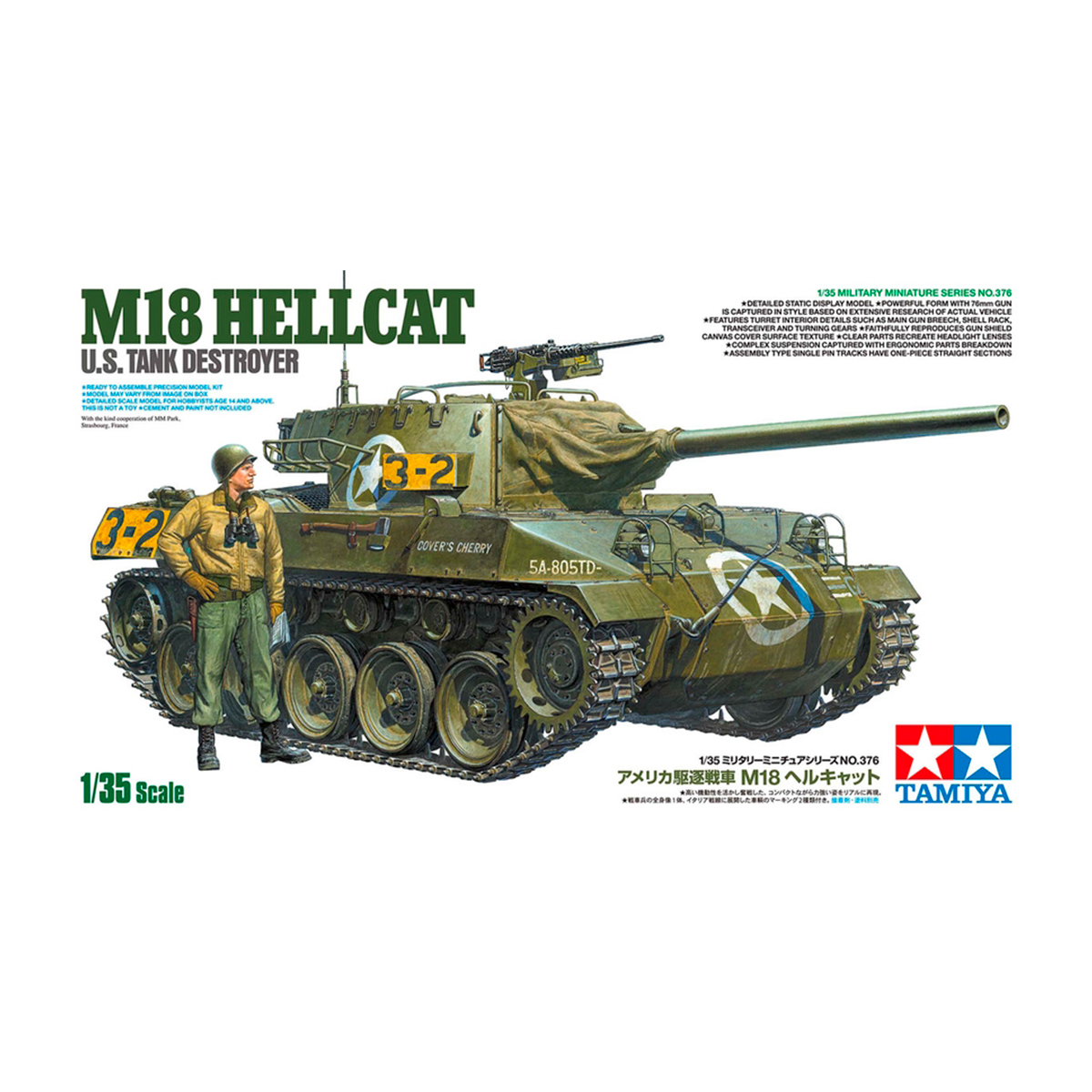
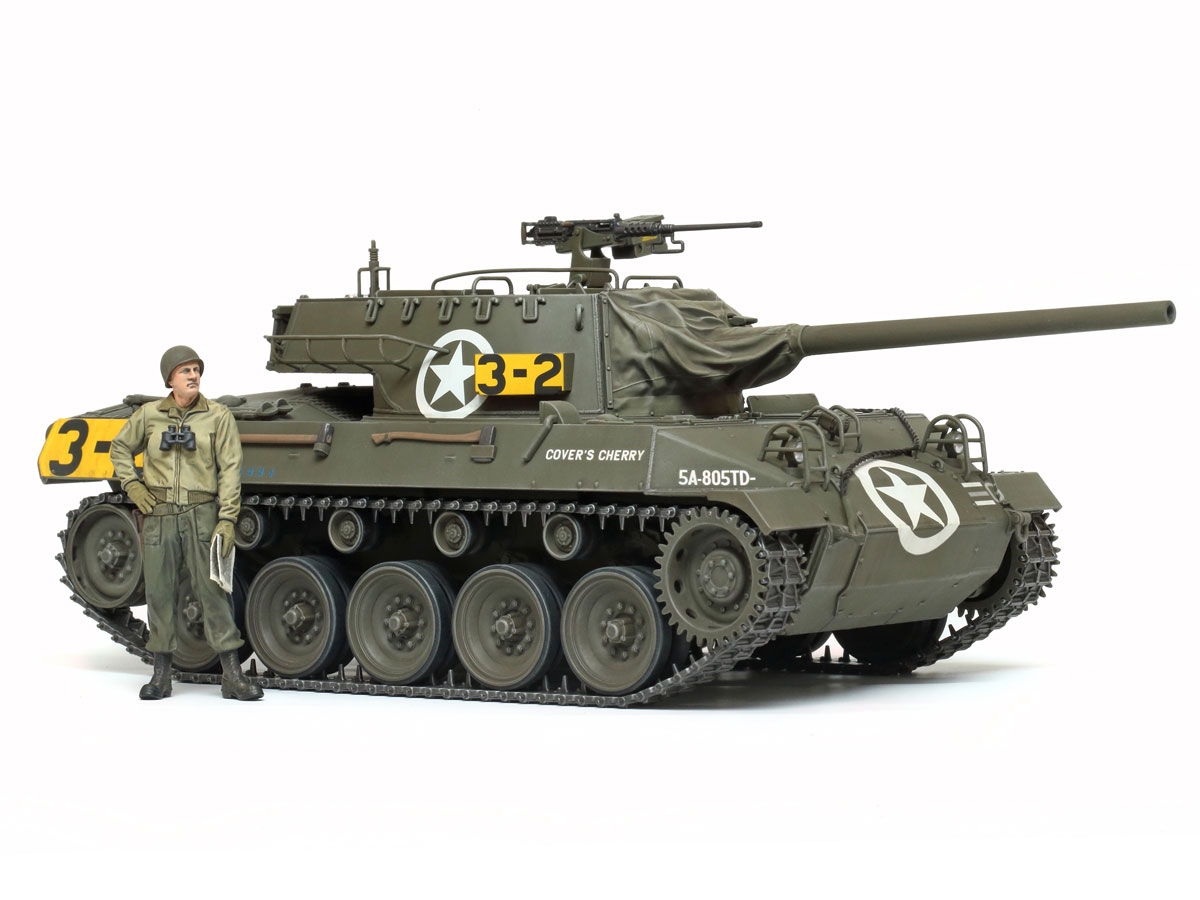
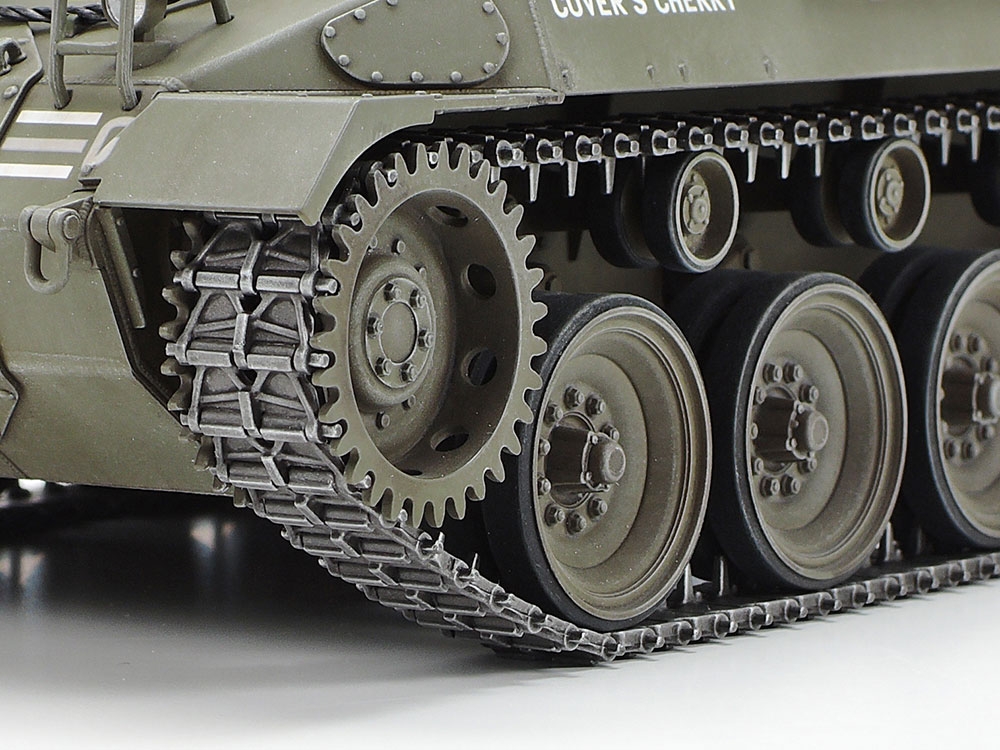
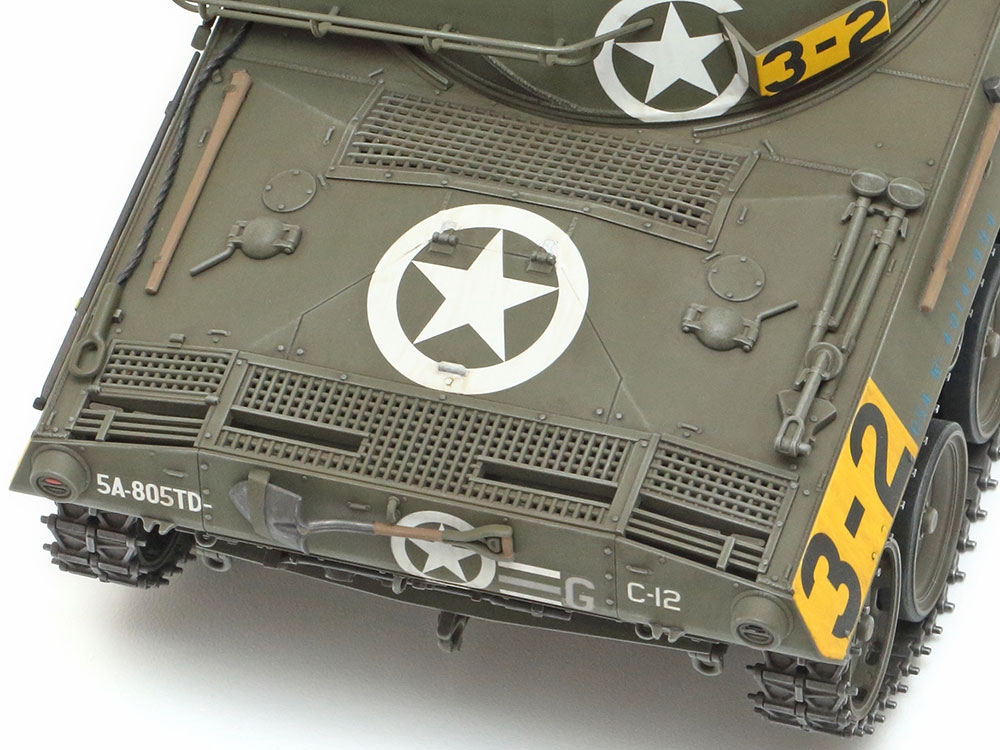
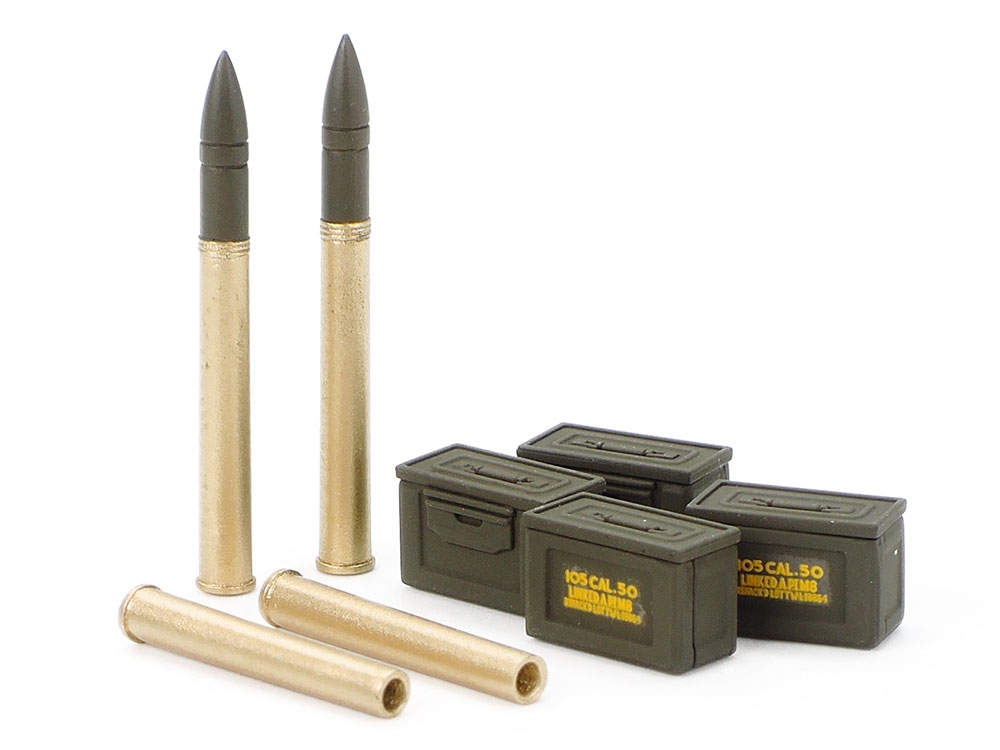
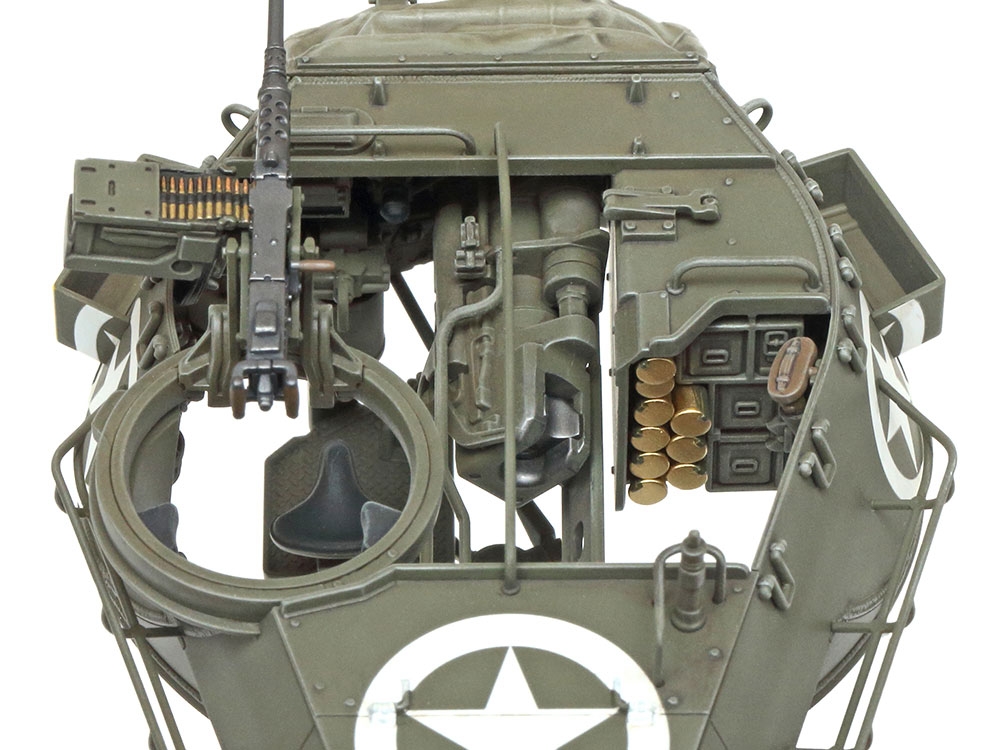
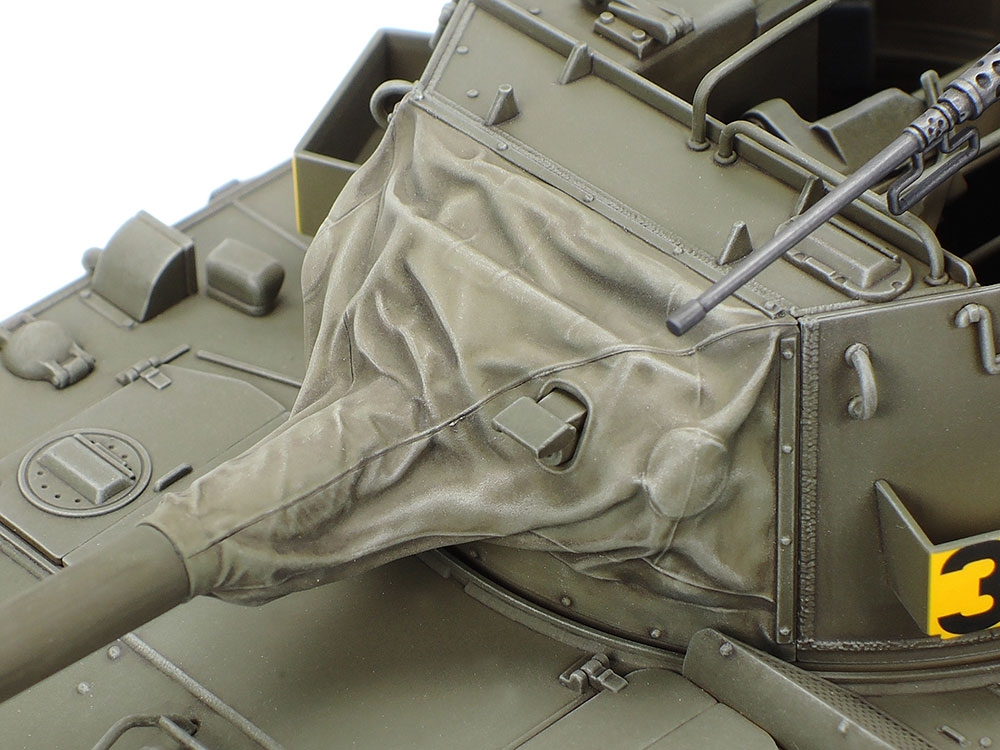
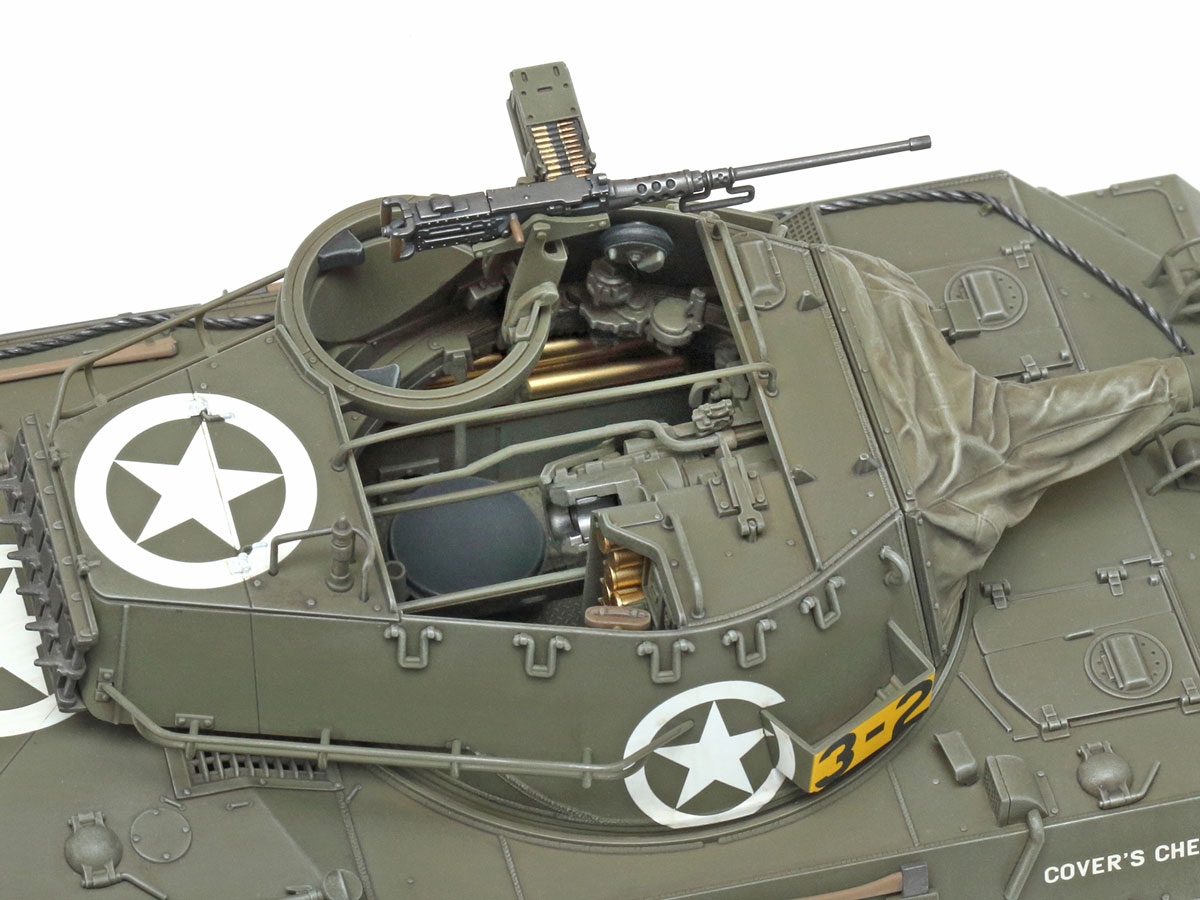


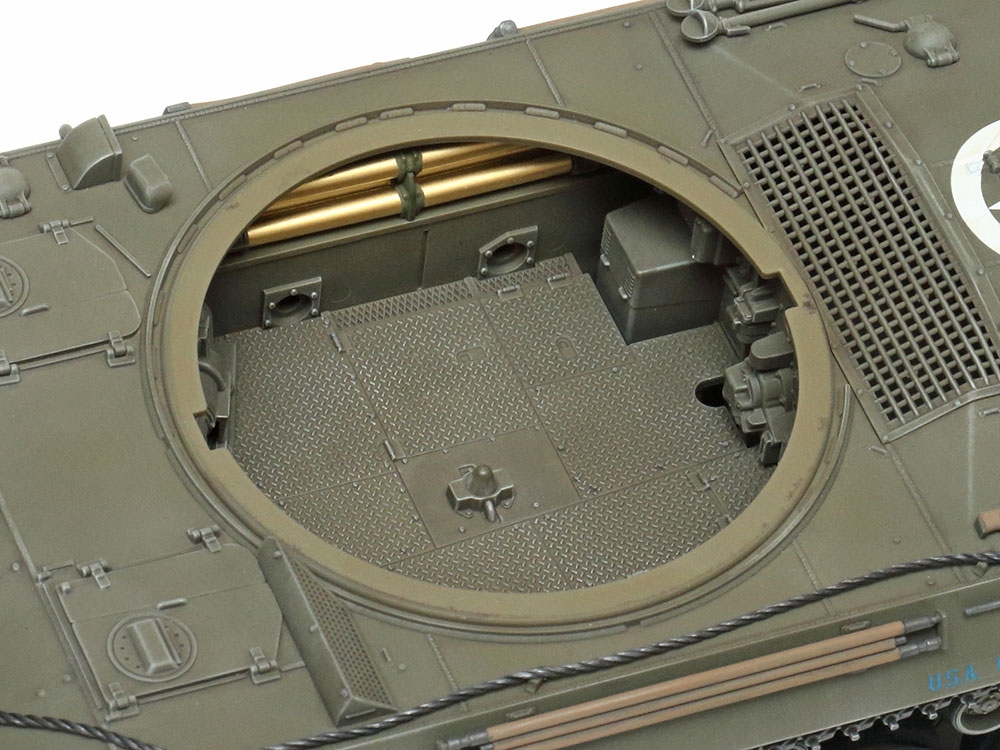
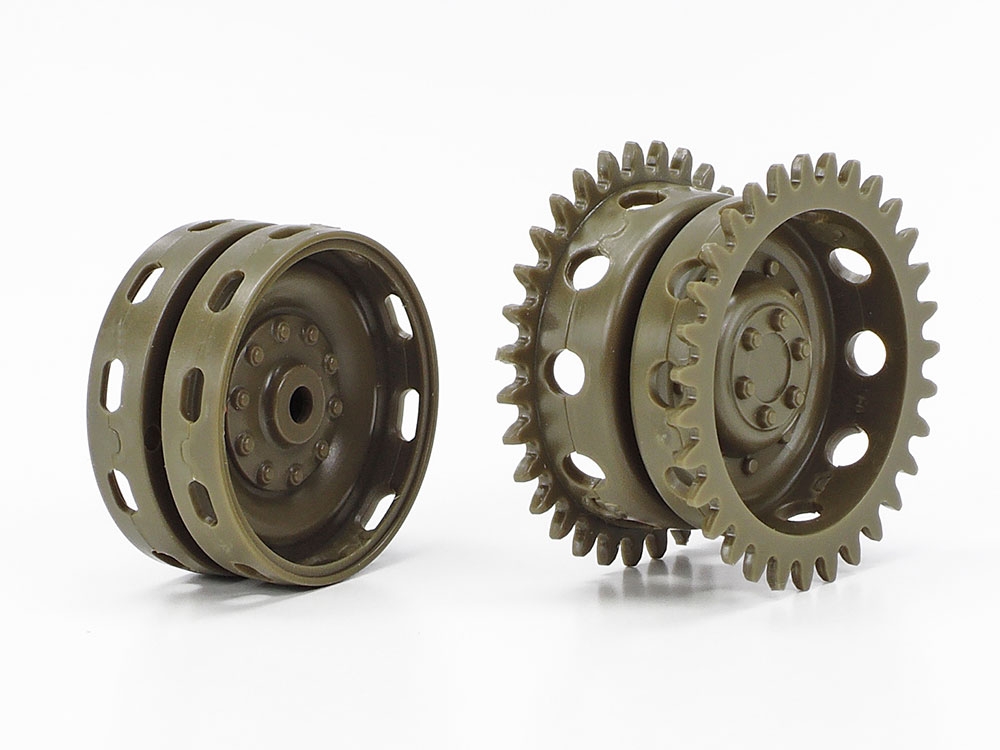
 Request of SDS product data file / Product security
Request of SDS product data file / Product security